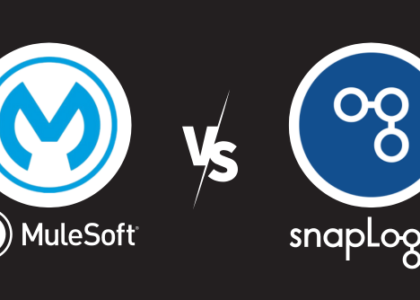Duplicates in MuleSoft integration processes can pose significant challenges, especially when dealing with large datasets. This guide outlines key strategies for identifying, managing, and preventing duplicates effectively.
1. Find Duplicates
Identify areas within your data where duplicates exist. This may result from errors in data synchronization or discrepancies across various data sources.
2. Decide What to Do
Once duplicates are recognized, determine the appropriate strategy for handling them. Consider factors such as data quality and business requirements.
3. Remove Duplicates
Eliminate duplicate entries from your dataset. This may involve filtering out redundant records based on creation dates or unique identifiers.
4. Merge Duplicates
If both copies of duplicated data contain valuable information, consider merging them to create a comprehensive record. For example, combine multiple customer profiles into a single unified profile.
5. Flag Duplicates
Mark exact duplicates for further processing. This allows manual review and ensures accurate data management.
6. Check Data Quality
Verify the integrity and consistency of your data to ensure its accuracy. Implement processes to maintain high data quality standards across sources.
7. Ensure Idempotency
Make system operations idempotent to prevent redundant work. This ensures that repeated actions do not affect previous outcomes, improving efficiency.
8. Maintain Smooth Operations
Optimize your system to handle duplicate detection and management efficiently. Implement strategies for fast search capabilities and parallel processing.
9. Monitor for Duplicates
Utilize automated systems to continuously scan for duplicate data and promptly address any issues that arise. Proactive monitoring helps maintain data integrity.
10. Documentation and Training
Educate team members on identifying and managing duplicates effectively. Document processes and update them regularly to adapt to evolving requirements and challenges.
Managing duplicates in MuleSoft integrations requires a comprehensive approach encompassing data identification, decision-making, and proactive prevention. By implementing these strategies, organizations can streamline data management processes and ensure data accuracy and integrity.






